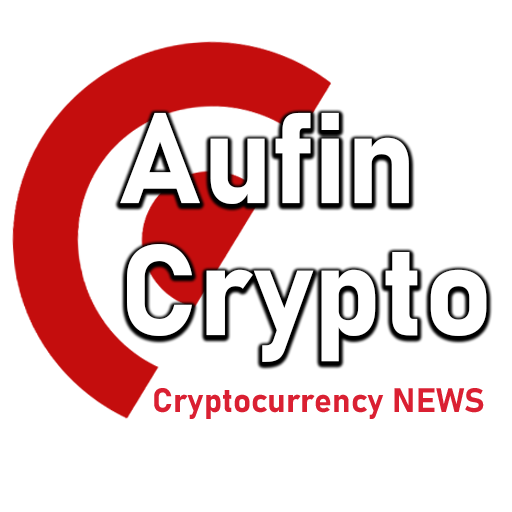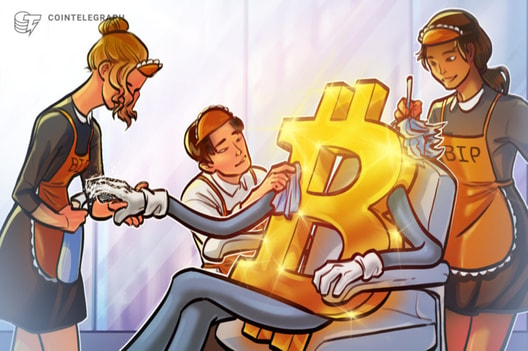What are the Improvement Suggestions? This is how you upgrade a decentralized network
Let’s not go too far: Blockchain is an innovative technology and will definitely be a major hero of our future. However, like any technology, it needs to be updated to “keep up with the times”.
But how do you upgrade or even add new features to a distributed system like a blockchain? We have a solution for that too!
Indeed, they exist for every chain. Suggestions for possible updates, called “Improvement Suggestion”. These offers can take various designations depending on the type of application and the chain you want to update.
For example, in Ethereum, updates are called “Ethereum Improvement Proposal” or EIP; instead in Bitcoin “Bitcoin Improvement Suggestion” or BIP. Also, numbers are added depending on the type of update:
- EIP 1559: This update introduced a new model for transaction fees on the Ethereum network. This model provides a base fee (Base Fee) that will be burned with an optional incentive (Priority Fee) assigned to the validator, thus selecting one transaction before others and speeding up its approval.
- BEEP 141: One of the most important updates in Bitcoin history. Introduced SegWit, which solved a major problem with composability of legacy processes. With the improvement of “Witness” management, transaction costs have also been optimized.
Typically, these update recommendations include introducing new features, fixing bugs or fixing security issues. However, as it is a decentralized system, this must be done before an offer is applied. should be discussed and approved by the community.
Activation procedures for one or more Improvement Proposals vary by blockchain and therefore it is not possible to identify a single path that applies to each project. However, we will try to identify some common elements.
Once the proposed update is accepted, it will need to be officially implemented. To do this, all nodes that carry a copy of the registry (Full Node or Archive Node) need to be updatedready to abide by the new rules.
A fork or bifurcation is created at this stage. In other words, there will also be non-updated nodes that comply with the previous rules, and already updated nodes that follow the new regulation instead. In this case a Hard Fork: clear division of the chain into two pathswhere the majority of the community will decide which version to adopt.
This is what generally happens when it comes to major blockchain updates: new rules are introduced that prevent any possible backward compatibility with previous ones. In the vast majority of cases, the community is migrated en masse to the updated chain… but this is not always the case.
In fact, it has happened in the past that communities have clashed over certain updates, causing Hard Forks and producing different blockchains/assets. Let’s remember this Bitcoin Cash, born in 2017: at the time part of the Bitcoin community was looking for a solution to improve scalability and suggested increasing the block size from 1 MB to 8 MB. Fierce criticism of distribution and censorability emerged, eventually leading to a fork: some users opted to accept the update and switch to Bitcoin Cash, while others remained on the old blockchain. It goes without saying who finally prevailed six years after the relationship.
However, there is also the possibility, albeit small, of updates that are backward compatible and coexist with previous rules. For example, this is the case with BIP 141: this update led to a so-called fork, not a clear fork. “Soft Fork” where legacy nodes regularly join the network but without access to the features brought by the update.
For those who simply hold cryptocurrencies, these updates often happen invisibly. However, not only developers, but also all network users should be aware of the latest improvements made to the blockchain.: these changes may actually affect the future of the distributed ledger and the project itself – and not a bit.
Alberto Cuculachi is an entrepreneur, popularizer and university professor in Marketing and Business Development. He has been following the blockchain world since 2013 and founded his YouTube channel DeFi Talks in 2021. It has reached more than half a million people in more than 100 different countries through its channels in the past year. Today, he is engaged in creating useful educational content and tools to make the world of crypto and DeFi accessible to all.
Alessio Vilmercati is a 22-year-old investor and DeFi enthusiast with a Business and Management degree. In 2022, he obtained his Blockchain Technology & Management certificate at the Blockchain Management School in Rome. Predominantly in the world of DeFi, Alessio devotes himself to reviewing dApps every day, looking for new opportunities every day. As an open supporter of this technology and its future application in the traditional world, DeFi Talks collaborates with the YouTube channel.
Federico Chironi is a 23-year-old trader and DeFi enthusiast with a Business Administration degree; He then chose to continue his education with a Master’s degree in Blockchain Technology and Management at the Blockchain Management School in 2021. He has been studying and investing in the blockchain world, especially in the DeFi sector, since 2020. Decentralized Finance, which will bring it in the coming years, has recently been doing outreach activities on the subject in cooperation with the YouTube channel DeFi Talks.
Luigi Travaglini is a popularizer and technical advisor in the cryptocurrency industry. He intersects with the crypto world between 2014 and 2015, then becomes passionate and never breaks himself off. Combining his academic career with a long technical study in the field of blockchain, he started to provide training and assistance services in 2018.

